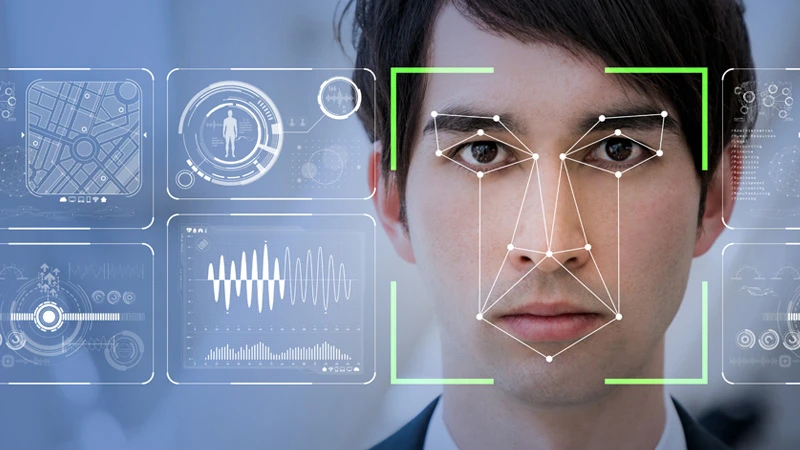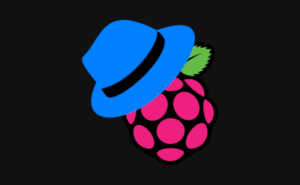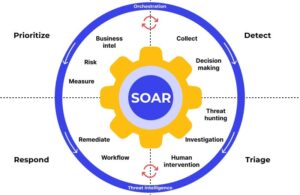Balancing Digital Detox with Technology: Finding Harmony in a Connected World
In an increasingly connected world, the rapid integration of technology into our daily lives has led to a double-edged sword scenario. On one hand, technology enhances our connectivity, productivity, and access to information. On the other hand, excessive screen time can significantly impact our mental well-being, leading to stress, anxiety, and a diminished sense of fulfillment. Finding a balance between the benefits of technology and the necessity for mindful living has never been more crucial. This article delves into the concept of digital detox, explores its significance in today’s society, and proposes strategies for cultivating a harmonious relationship with technology.
Understanding Digital Detox: The Need for Balance
As technology infiltrates every aspect of our lives—from smartphones to social media platforms—the constant barrage of notifications can overwhelm the senses, leading many individuals to experience burnout. The digital world fosters a culture of immediacy, compelling people to respond, engage, and consume information at an unsustainable pace. Acknowledging the need for balance is the first step in mitigating these adverse effects. By understanding how technology influences emotional and cognitive health, individuals can better assess their digital habits and prioritize their mental well-being.
The impact of technology on mental well-being is multifaceted. Studies show that high levels of screen time correlate with increased feelings of isolation, anxiety, and depression. Social media, in particular, can distort self-perception as individuals compare their real lives to the curated highlight reels of others. This constant exposure can contribute to a negative self-image and a fear of missing out (FOMO), exacerbating overall mental health issues. Therefore, it is essential not only to recognize the benefits of technology but also to engage critically with it, identifying when it serves our interests and when it detracts from our well-being.
In light of these challenges, a digital detox—a period of intentional disengagement from digital devices—can be transformative. However, the notion of a complete withdrawal from technology may not be realistic or feasible for everyone. Thus, the core philosophy behind digital detoxing lies in recognizing one’s relationship with technology and finding ways to incorporate healthier habits into a digital lifestyle. This concept of balance can lead to a more profound sense of fulfillment and satisfaction in both personal and professional spheres.
The Impact of Technology on Mental Well-being
Technology’s pervasive presence has reshaped how we communicate, learn, and even relax, but it has also introduced significant mental health challenges. The expectation of being constantly reachable and responsive can lead to chronic stress and anxiety. Research has shown that the mere presence of smartphones can interfere with face-to-face interactions, diminishing the quality of relationships. As people become more engrossed in their devices, they may find it challenging to engage meaningfully with those physically present around them.
Additionally, the rise of digital distractions has resulted in diminished attention spans and increased instances of digital fatigue. Continuous notifications, emails, and alerts can fragment attention, leading to lower productivity and decreased creativity. The cumulative effect of an overstimulated mind can also result in sleep disturbances, as the blue light emitted from screens interferes with the body’s natural circadian rhythm. This interplay between technology and mental health emphasizes the need to reassess how we engage with digital tools and carve out time for restorative practices.
Moreover, the phenomenon of cyberbullying and the pressures of online presence have added another layer of complexity to the mental health landscape. People, especially young users, are prone to the negative effects of online interactions, contributing to feelings of insecurity and unworthiness. Recognizing the potential risks associated with excessive technology use is essential for fostering healthier environments, both online and offline. Hence, cultivating awareness around these dynamics is crucial for individuals seeking to achieve a healthier relationship with technology.
Defining Digital Detox: What It Truly Means
Digital detox refers to a practice designed to counteract the negative effects of excessive technology use by encouraging individuals to take intentional breaks from their devices. It can vary in duration and intensity depending on personal needs and circumstances. Some may choose to embark on a detox for a short period, such as a weekend or a vacation from social media, while others may engage in a more extended retreat from all digital devices. The purpose is to reclaim time for self-reflection, connection with others, and engagement with the physical world.
Defining what a digital detox means also entails understanding its objectives. It’s not merely about quitting technology altogether or running away from the digital landscape; instead, it advocates for a reflective approach that allows individuals to recognize how technology fits into their lives. By taking stock of one’s technology patterns, individuals can identify behaviors that contribute to feelings of anxiety or dissatisfaction, enabling them to make conscious adjustments that align with their goals and values.
Ultimately, the goal of a digital detox is to foster a balanced relationship with technology that enhances well-being rather than detracts from it. By disengaging from the constant noise of the digital world, individuals can refocus on meaningful activities—such as pursuing hobbies, spending time with loved ones, or reconnecting with nature. Consequently, redefining the boundaries of technology use can lead to healthier habits and a more fulfilling life, laying the foundation for a holistic approach to well-being.
Strategies for Effective Digital Detox Practices
Implementing a digital detox can feel daunting; however, several strategies can ease the transition into more mindful technology use. One effective approach is to establish designated screen-free times throughout the day. For instance, committing to an hour of device-free time during meals or before bedtime can create space for connectivity with others or relaxation. Additionally, creating tech-free zones within the home, such as bedrooms or dining areas, can further reinforce mindful practices and encourage genuine interactions.
Another helpful strategy is to utilize "digital decluttering," which involves evaluating and organizing digital spaces. This can include unfollowing distracting accounts on social media and deleting applications that contribute to procrastination. By meticulously curating the digital environment, the focus can shift towards more enriching and inspiring content. This process not only helps to minimize distractions but also encourages a more purposeful engagement with technology when it is used.
Daily mindfulness practices, such as meditation or journaling, can complement digital detox efforts by promoting self-awareness and emotional resilience. These activities can help individuals process their feelings regarding technology use and develop healthier coping mechanisms for stress. Establishing a routine that incorporates these mindful practices can create a foundation for lasting change, allowing individuals to navigate their digital landscape with intention and clarity.
Incorporating Mindful Tech Use into Daily Life
Once a digital detox is experienced, it is essential to integrate mindful tech use into daily routines. Rather than reverting to pre-detox habits, individuals can leverage the insights gained during the detox period to foster a healthier relationship with technology. One effective method is to practice “intentional consumption” by being selective about the information and media consumed online. This includes curbing mindless scrolling and prioritizing content that is informative, uplifting, or aligns with personal values and interests.
Creating a schedule that allocates specific times for technology use can also support mindful practices. For example, setting boundaries around when emails are checked or social media is accessed can help to establish a structured approach to engaging with devices. This conscious framework can reduce feelings of overwhelm and allow for deeper focus on tasks at hand, ultimately enhancing productivity and satisfaction in both personal and professional endeavors.
Moreover, engaging in community or group activities that emphasize tech-free interactions can enhance the overall experience of mindful tech use. By participating in local events or gatherings focused on physical activities, individuals can create bonds with others through shared experiences, enriching their social lives without the influence of technology. By prioritizing these connections, people can experience the beauty of authenticity in their relationships, simultaneously counteracting the isolating effects that excessive technology can provoke.
Tools and Apps That Support a Balanced Approach
Fortunately, various tools and applications exist to help individuals cultivate a balanced relationship with technology. Numerous mindfulness and meditation apps, such as Headspace and Calm, offer guided sessions that promote mental well-being through relaxation techniques, breathing exercises, and mindfulness practices. These platforms encourage users to engage with technology in a manner that prioritizes mental health and self-care, guiding them toward healthier habits.
Additionally, productivity apps like Freedom and Forest encourage users to focus on tasks by blocking distracting websites or allowing users to ‘grow’ virtual trees while they remain focused on their work. These apps harness technology’s power to support users in achieving their objectives while promoting a healthier mindset around time spent on digital devices. By turning away from mindless consumption and embracing tools that enhance focus and productivity, individuals can create more meaningful interactions with technology.
Lastly, devices and features that promote "digital wellness" are becoming increasingly popular in mainstream technology. Features such as screen time limits, downtime periods, and usage statistics provided on smartphones can help users track their habits and encourage moderation. Apple and Android devices now come equipped with options that notify users when they spend excessive time on specific applications, prompting them to take breaks and reassess their screen time levels. Leveraging these features can facilitate a conscientious approach to device usage while ensuring overall well-being is upheld.
In conclusion, the quest for balance in a digitally connected world is both a personal and societal challenge that calls for mindful engagement with technology. Understanding the significance of digital detox, recognizing the impact of technology on mental well-being, and defining meaningful strategies for re-engagement are critical for fostering a harmonious relationship with digital tools. By embracing both digital detox practices and mindful tech use, individuals can navigate their technological landscape with intention, promoting their overall well-being in an increasingly connected world. For a deeper understanding and tips on cultivating a balanced tech life, you can visit Digital Detox.













1 comment